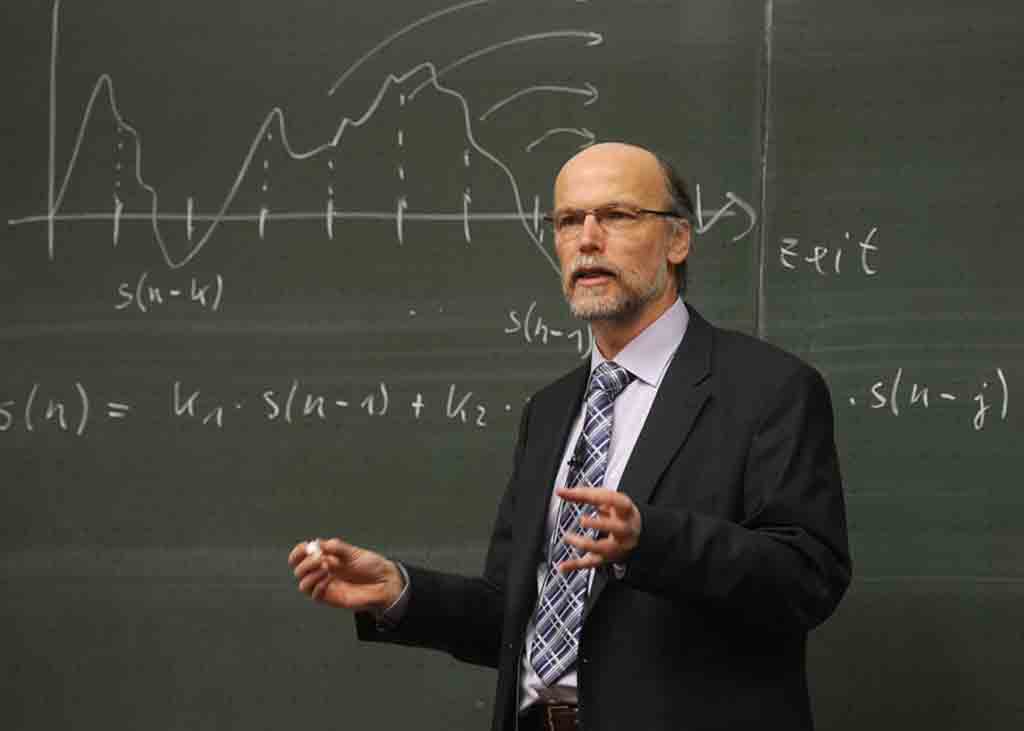5 Universities with Highest Number of Professors per Student in the World

The number of teachers per number of students influences the quality of teaching.
Nowadays there are some university careers that are overcrowded.
The quality of education decreases when there is no proportionality between the number of students enrolled and that of professors who teach the class.
Being able to train at a university with an adequate teacher-student ratio is a luxury.
Many times we look at the rankings of the best universities in the world, and we ask ourselves: what makes them so good?
Sometimes the answer is in your educational system and your internship programs. In other cases in their relationships with large companies that provide direct access to the labor market to their students.
But have we thought about the quality of these universities? How do you get a student to finish his studies well prepared? It is here where its quality is truly appreciated.
The overcrowding of some students enrolled in class in many universities is a real problem. It is true that everyone can attend class and access the same knowledge, but at the time of conducting tutorials or direct consultations with the teacher, the problems begin.
If there is a teacher for 50 students, it will be much more complicated for him to dedicate enough time to the doubts of each one, thus reducing the quality of the result. However, if the number of students is reduced by half, it is much easier to maintain a more direct teacher-student relationship that leads to a positive result for both.
The environment in which you study is fundamental, that is why there are some universities that decide to keep this ratio low so that the educational experience is more satisfactory for both parties.
Teaching with greater interaction between the parties favors a complete education, not only at an academic level but also at a personal level.
Japan is, without a doubt, the country where more universities follow this trend. However, there are many more countries and centers that are increasingly betting on this model.
In the last ranking developed on this type of universities these occupy the first positions:
1. Jikei University School of Medicine
This private university is devoted entirely to the teaching of medicine and is also one of the largest hospital systems in Japan. It consists of four university hospitals and also has an international exchange program with King’s College London and the University of Leeds.
2. Oregon Health and Science University
This American institution was founded in 1887 and offers medical and nursing studies. It also has a university hospital and is the founder of the Knight Cancer Institute, a pioneer in the research to identify potentially carcinogenic cells in healthy patients, thus preventing the disease from developing.
3. Kansai Medical University
https://www.youtube.com/watch?v=rQDdK9WpC9s
This Japanese private university was established in 1928 and the 1940s it merged with the Osaka Women’s Medical College. The number of specialties that can be studied in the center is very wide, from cell pathology to psychosomatic medicine.
4. Saitama Medical University
https://www.youtube.com/watch?v=WfRoI5a3rTQ
Another Japanese center, this time founded in 1972 and remains faithful to the same policy since its inception, fostering a close relationship between students and teachers so that both can learn together.
5. Rush University
This American university also has a patient care center and a research institute. They also promote the services to the community by students and offer specializations such as biomedicine.





